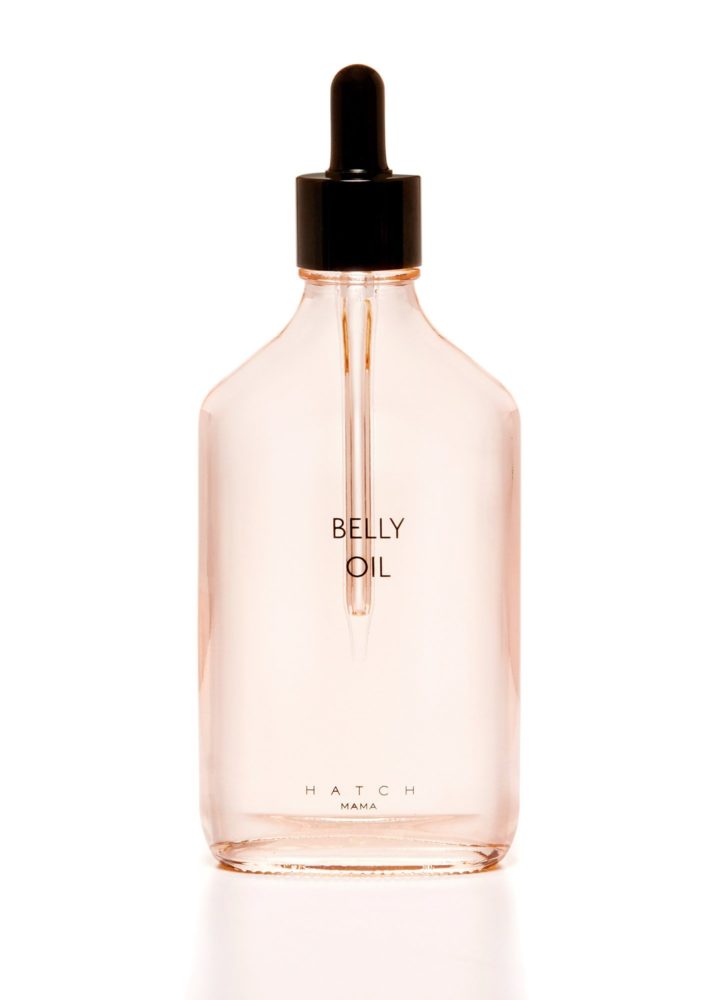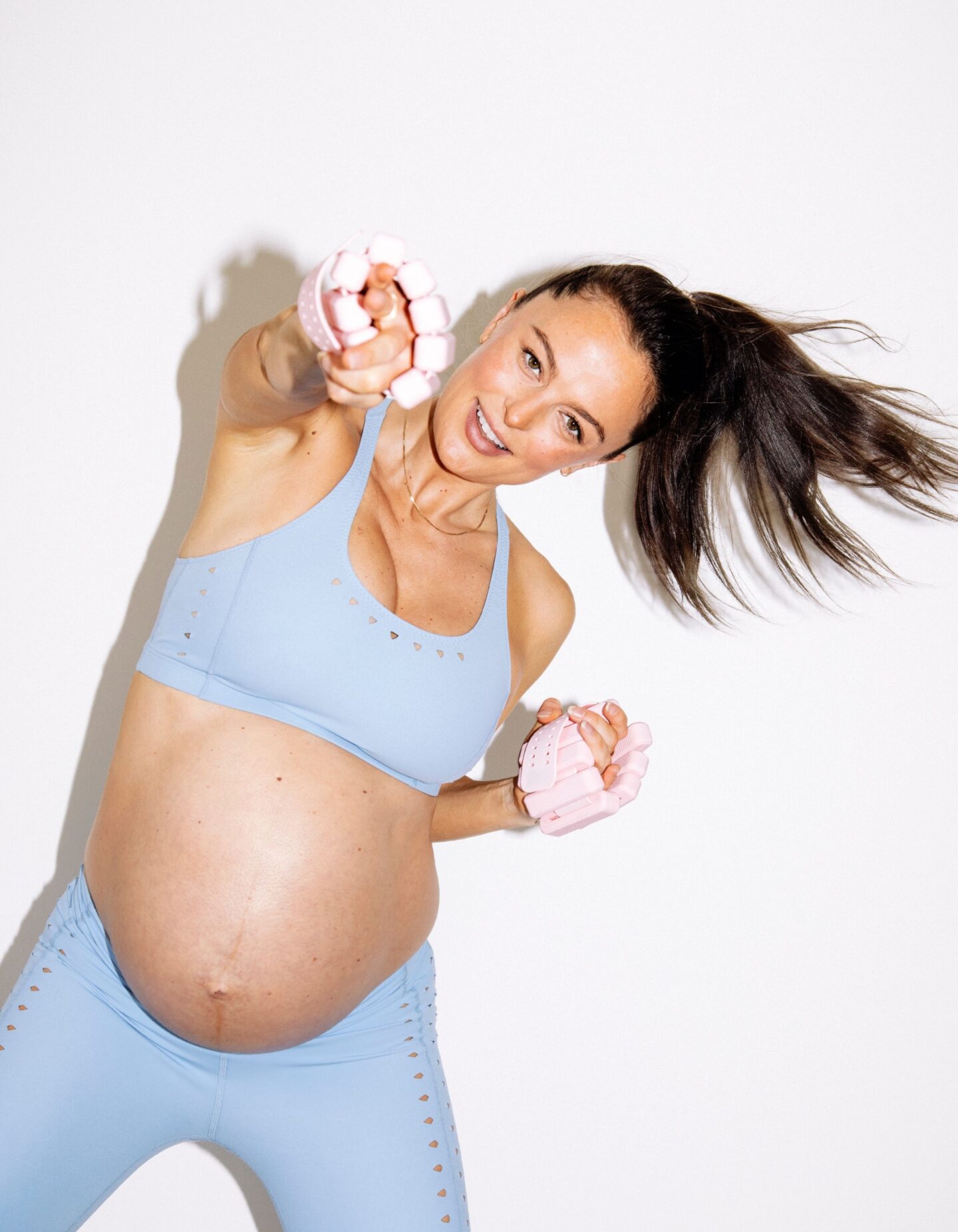Pregnancy is an incredible journey. From hearing your baby’s heartbeat for the first time to feeling their little kicks to watching them move around on the ultrasound, it is truly something else. Watching your body grow is remarkable and knowing another lil person is forming in your belly is wild (even if you still can’t take the carpool lane with them yet).
It’s amazing to see everything the female body is capable of doing and how we are the perfect place for our babies to grow into the little human beings they become when they are born.
Within us, they are warm, protected, comfy, nourished, and loved. No wonder they get so upset right after they’re born. They’re probably thinking, “Where am I, and why am I not warm and cozy like I was before?”
As you watch your body become this home for your baby to live within, you notice it does a lot of accommodating for this little child. Your hips get wider, organs move and shift to make room, your ribs expand, the skin stretches, and so much more.
Your body is doing so much to prepare for the birth of your baby. Your boobs get bigger, hormones change, the cervix gets softer and more open, etc.
Level Up
If you have had children or are currently expecting, just know you are a total boss. Your body is an incredible work of art. It should be honored for all it has gone through and continues to go through to care for your family.
Pregnancy has many stages and sides to it. Your body goes through a lot to bring another human being into the world, including your skin. It’s quite astonishing how much your skin is able to stretch and expand when you are carrying a child. With that, it may leave you with some questions.
What Are Stretch Marks?
Maybe you woke up one morning and noticed dark or light-colored lines stretching across your belly, bum, hips, or boobs. These lines are what are referred to as stretch marks, and they’re technically a type of scar that forms when your skin stretches or shrinks quickly. Since our skin is made up of part collagen and elastic, when these sudden changes occur, it causes our skin to rupture. As our skin heals, it causes the lines you see on the outside.
What Are the Causes of Stretch Marks?
Since we know that the rapid stretching and shrinking of our skin results in the marks, what causes the skin to change so quickly?
There are a few things that could be at play when your skin is changing so much so quickly:
Fluctuating Hormones / Pregnancy
Throughout pregnancy, your hormones are constantly changing and fluctuating. This is why it’s very common to be extra emotional when you’re pregnant. You simply cannot help crying at that ASPCA commercial; you’ve got a lot going on in your body.
These hormones are responsible for many jobs (kind of like women are). Hormones send signals all throughout our body, quietly running the show (kind of like women are).
When you’re pregnant, your body changes very quickly. Your uterus is expanding; organs are shifting, your breasts are growing, hips are widening, you’re gaining weight, and much more. This impacts your skin on the outside, forcing it to move and expand.
Puberty
Stretch marks aren’t just for pregnant women. Puberty is a busy time — between passing notes in class, buying our first box of pads, and growing six inches overnight — a lot happens.
Stretch marks are common during puberty, especially during growth spurts. Stretch marks in puberty commonly appear on the thighs, hips, chest, and stomach.
The fast changes in your skin would’ve caused stretch marks due to the short time your skin had to stretch.
Rapid Weight Gain or Weight Loss
Gaining or losing weight quickly can also be a reason behind stretch marks. When weight is altered abruptly, your skin has to keep up with that change, causing it to rupture and heal.
Are Stretch Marks Genetic?
The short answer is — they can be. It is hard to give a definitive answer on this because women have reported different experiences with stretch marks during pregnancy, despite what their family history would suggest about it.
Some studies show that stretch marks can be genetic; therefore, some mamas can be predisposed to getting them. One way to find out if they may be hereditary for you is to ask your mother or grandmother.
If they got stretch marks during their pregnancies and know for sure that their mothers also did, then there is a chance that they could be genetic for you. Does that mean that you will get them? Not necessarily.
Although some women may have family members who have gotten stretch marks during pregnancy, they did not get them. There are also women whose mother and grandmother never got stretch marks, making her, in theory, not predisposed to them, and she still got them.
It’s hard to determine if you will get them solely based on genetics because there are other factors at play. You may be likely to get them if they’re in your genes. However, you may not get them. It just depends.
How To Best Care for Your Skin
Whether you want to try and prevent stretch marks or just want to take good care of your skin, there are some ways to keep your skin hydrated and glowing.
Hydrate, Hydrate, Hydrate
Staying hydrated is one of the best things for your skin. When your body is dehydrated, it starts to put stress on different parts to keep your body functioning. Dehydration can cause symptoms such as dry skin. In that case, your body doesn’t have enough fluids, and it prioritizes keeping your body running over retaining the skin’s moisture.
It’s not ideal to have dry skin when the skin is stretching and expanding. The first step to glowing skin is by drinking water and then some more water. Add in a little cocktail umbrella and put your feet up: Now it’s a vacation.
Eat Nourishing Foods
The health of your skin on the outside can reflect your health on the inside.
Meal plan some nourishing foods to snack on for the energy you need, as well as replenish vitamins and minerals that your body is taking from itself to nourish your baby. Eating quality foods will make you feel amazing, and your skin won’t be able to stop itself from glowing.
Consider Adding in Some Vitamin C
You are going to want to make vitamin C your best friend. It works by helping maintain collagen within the skin, which is necessary for healthy and vibrant skin. Start by checking your prenatal vitamin; does it have an amount of vitamin C? If you happen to have any vitamin C deficiencies, you can talk to your doctor to see if you should take any vitamin C supplements.
If you need to add more vitamin C to your daily skincare regimen, getting your source of vitamin C from foods is the best way to get it since your body can absorb the nutrients more effectively than taking a supplement. Organic orange juice, bell peppers, strawberries, broccoli, and much more can help you get enough in your body to help your skin and body be healthy.
Moisturize
When your skin is stretching and expanding, it can be very painful and itchy if it’s dry. Keeping your skin, especially your baby bump, moisturized will help lessen the itchiness and give your skin the extra flexibility it needs to stretch and grow for your baby.
Hatch Maternity Belly Oil is the perfect option when it comes to keeping your bump and body moisturized. Made with rich nutrients and all-natural ingredients, you can put the best of the best on your body and know you’re supporting your skin and its needs.
You are Beautiful. Stretch Marks & All
If you happen to forget or find yourself thinking negatively about your body or the stretch marks you’ve developed, take a moment to remember what your body is doing and what it is capable of. Take a look in the mirror and tell yourself out loud that you are beautiful and that your body is incredible.
So whether you want to minimize your stretch marks or flaunt them as a badge of honor, you have our full support — you do you, mama! Your body is literally growing a human being. That is truly next level. You deserve to feel beautiful, mama, stretch marks and all.
Sources:







